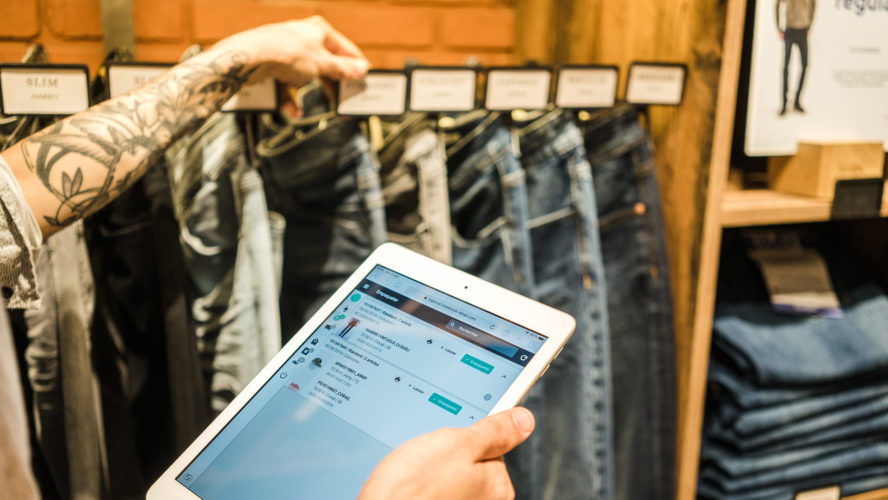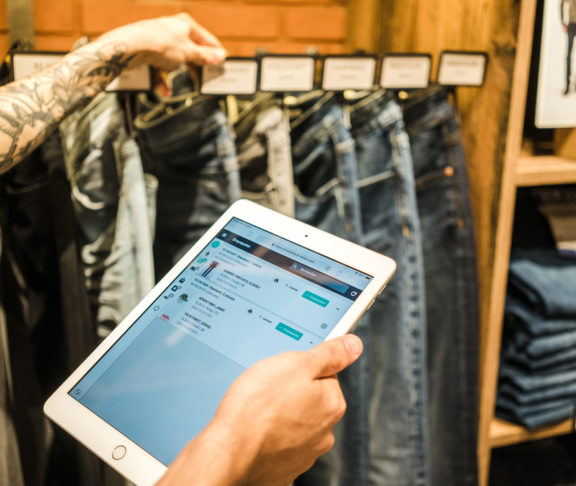
Joe Till
Sales Director, UK&Nordics, OneStock
An order management system can help retailers and brands increase sales, improve operational efficiencies and, critically, enhance the customer experience.
Today’s omnichannel approach makes shopping easier for consumers, notes Joe Till, Sales Director UK & Nordics at order management specialist, OneStock. Unfortunately, it makes behind-the-scenes operations painfully complex. That’s why an order management system (OMS) is indispensable.
Full visibility with an order management system
“Stock can be fragmented across multiple locations,” explains Till. “It could be in-store, in warehouses, at the manufacturer or with a distributor. What an OMS does is help a brand or retailer centralise, manage and orchestrate that complexity by offering them full inventory visibility so they never lose a sale.”
From a technical standpoint, a good OMS should be ‘composable commerce’ — architecture that enables brands to easily coordinate all their best-of-breed commerce solutions. It should be simple to adopt and integrate with other technology.
However, an OMS shouldn’t be confused with an Enterprise Resource Planning (ERP) system, a back-office platform, which includes inventories, prices and other stock data. ERP is not designed to manage, track and optimise the order cycle from point of sale to delivery. That’s the job of an OMS.
An OMS can help (brands and retailers) keep agile and adapt their selling and delivery strategies. It’s a key asset.
Multiple benefits of an order management system
“Retailers can use an OMS to sell more stock faster and in a more convenient, operationally efficient way,” says Till. “They can reduce their stock and so reduce their internal and logistics costs to maximise their margins. They can avoid constant ordering and — by favouring stock points offering delivery methods with the lowest CO2 emissions — improve their sustainability. Finally, because an OMS can facilitate timely delivery, it helps increase customer satisfaction.”
All shoppers want a great customer experience. If they don’t get it, they’ll go elsewhere. Alarmingly, statistics from OneStock show that 69% of shoppers will switch to a competitor’s site if stock is unavailable online, and 55% will turn to a competitor if a product is out of stock in-store.
“Brands and retailers have to expect the unexpected; be it a pandemic, transport strike or roadblock,” adds Till. “An OMS can help them keep agile and adapt their selling and delivery strategies. It’s a key asset.”



